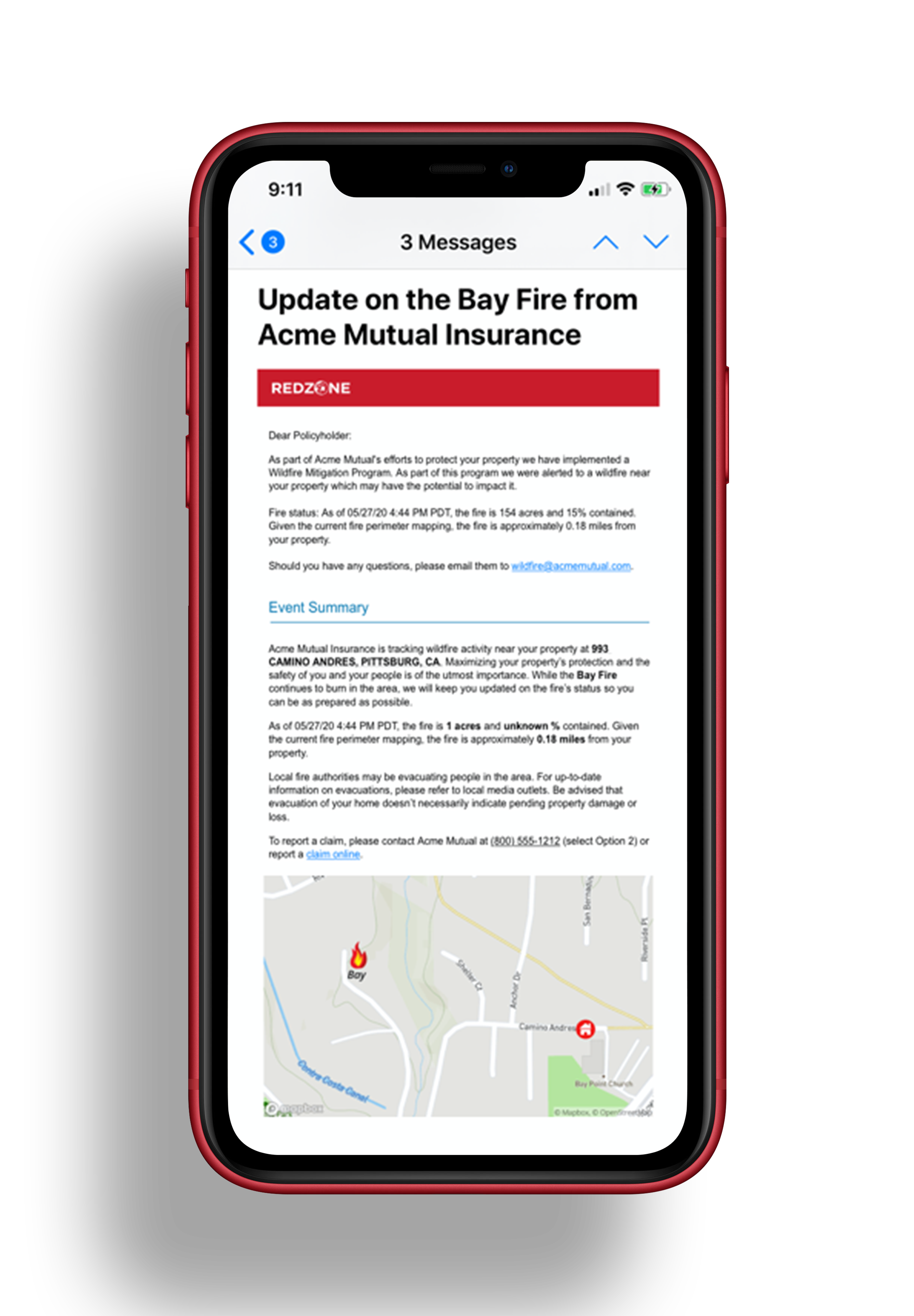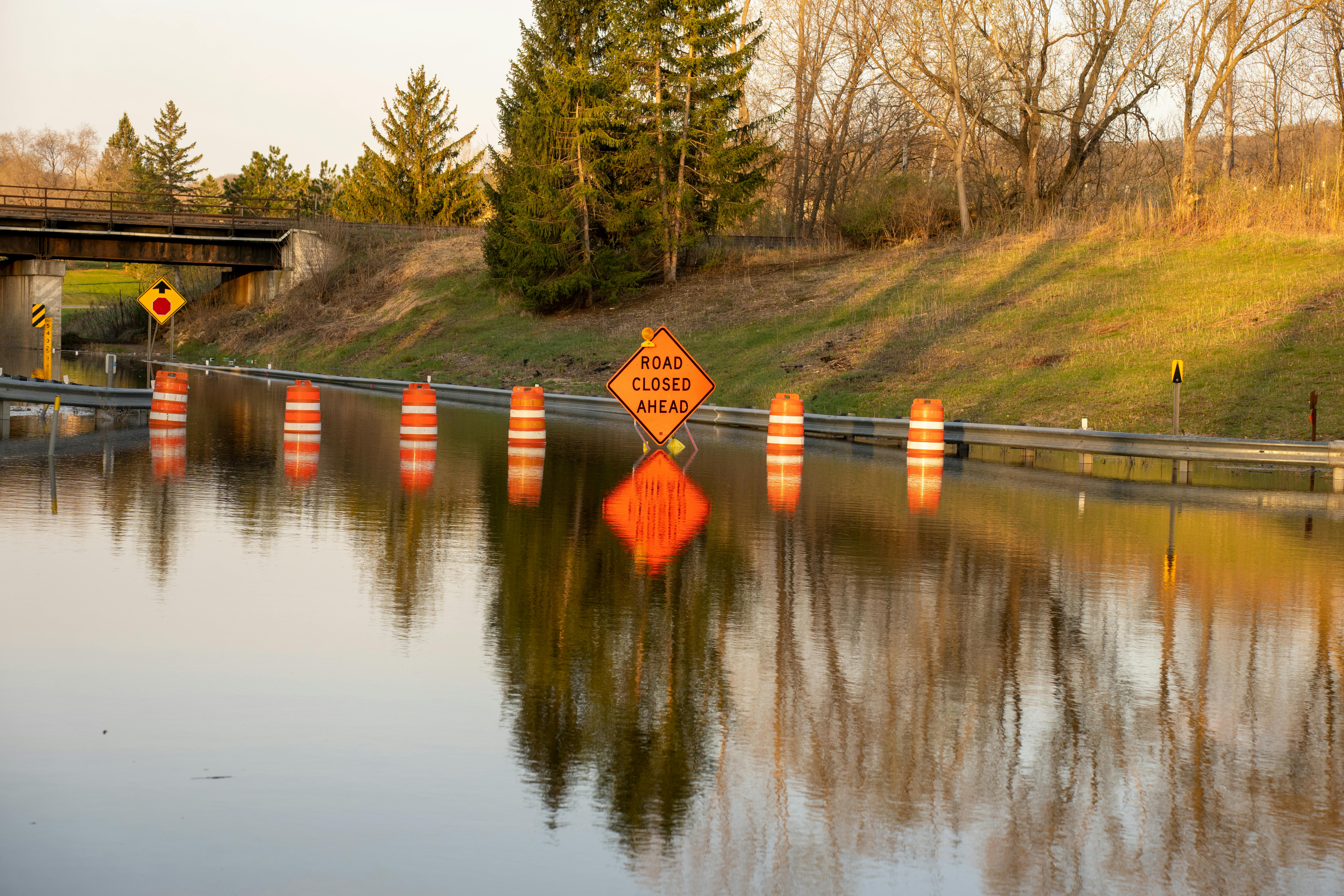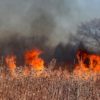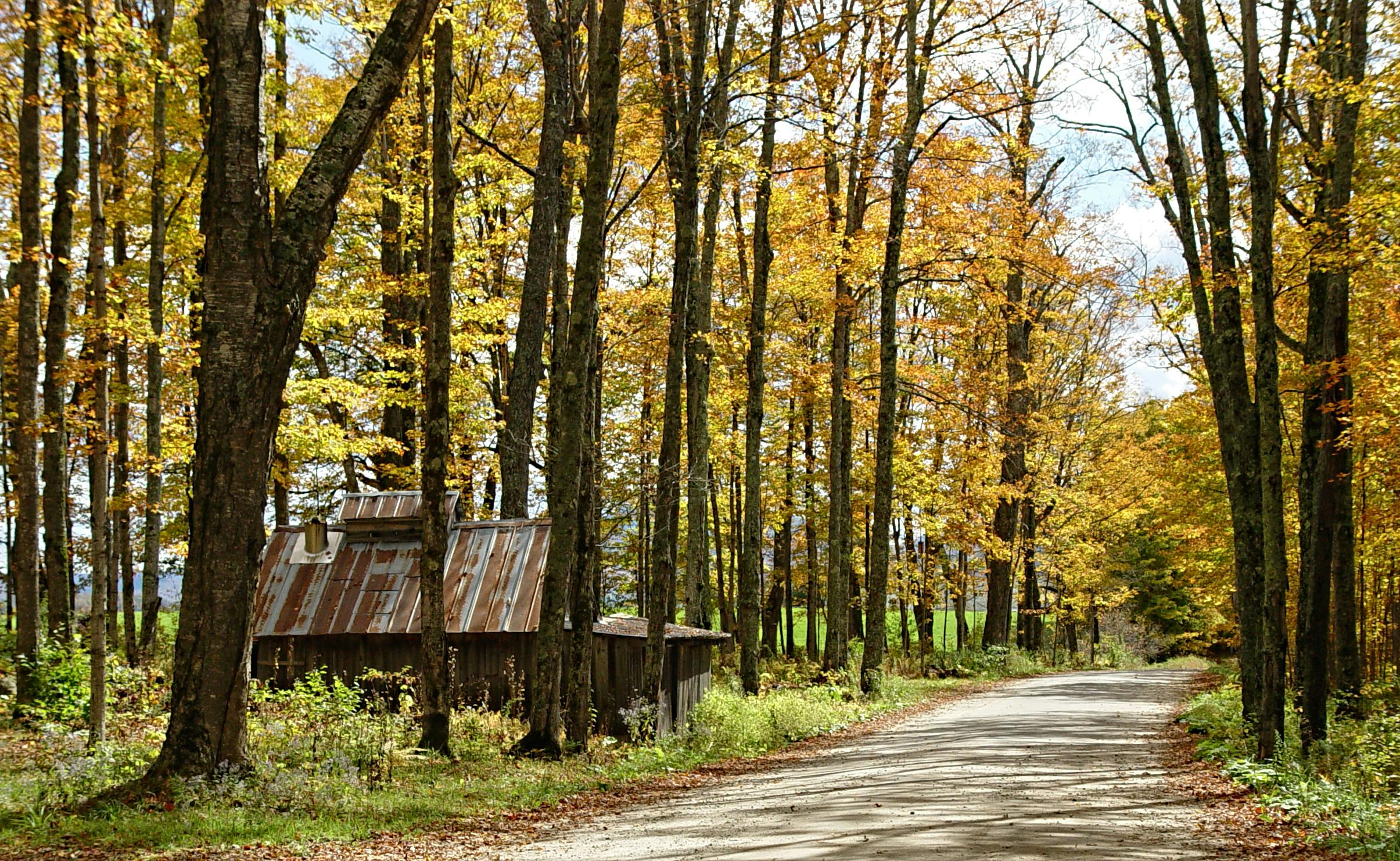Here at RedZone we take pride in how our technology empowers stakeholders to make informed decisions about wildfire risk. Especially since 2017. Other models often don’t provide an accurate wildfire risk assessment. As a result, Underwriters and Catastrophe Managers spend more time researching additional data. RZRisk delivers the exact resources and information underwriters need to efficiently and confidently assess wildfire hazard, saving them time and money. One of our favorite things to do is to take a step back and evaluate how our risk model performed after wildfires cause losses. RedZone did this recently with California’s most destructive fire ever, November 2018’s Camp Fire.
As we’ve previously written, 2018’s Camp Fire absolutely devastated Paradise and Concow in Butte County, CA. This fire alone caused staggering insurance claims estimated between $11-15 billion. The third version of our RZRisk Model has been around since 2016. The beauty of RZRisk3, is it identifies the likelihood a specific property will experience damage from wildfire. In order to classify this likelihood across the landscape, the model uses every area’s fire history, frequency, and severity.
RZRisk3 and the Camp Fire
After the fire caused so much damage, we wanted to overlay the final perimeter and damages onto the model itself. The results showed that the majority of the fire area was at high to very high risk of direct flame impingement. From this we were able to conclude that prior to the fire, scores generated by our RZRisk portal would have rated 99% of the structure impact locations at moderate or higher risk. This is apparent in both Table 1 and Figure 1 below.

Table 1: Total Structures Impacted in the Camp Fire by their RZRisk3 Classification

Figure 1: November 2018’s devastating Camp Fire impacted a California record 19,336 structures. Overlaid on RZRisk3, those impacted structures and fire footprint show how high a risk the community of Paradise was.
RZRisk3 Performance in Retrospect
As our case study shows, over 95% of structures impacted fell in our Risk Model Type Wildland at ‘Moderate’, ‘High’, or ‘Very High’ overall RZRisk3 ratings. We feel another indicator of success are the small number of structures that sustained damage in our ‘Low’ and ‘Moderate’ Risk Zones. Our model effectively showed that essentially this entire WUI community was considered a very risky area for wildfire loss. Ultimately, we believe underwriters using RZRisk3 before this fire would’ve appropriately set rates based on our scoring. In addition, Catastrophe Managers could’ve avoided writing business in the area due to the overall wildfire risk in the region.

Table 2: A summary of RZRisk Model Type and Classifications by Loss Type





5 Comments